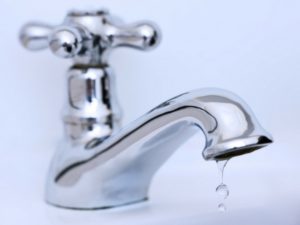Trustworthy Water Leak Detection Information
Water leaks can be a homeowner’s worst nightmare if they are left alone. A small amount of water may not seem like such a big deal, but the amount of damage that water can do to a home is substantial.
In fact, a slow water leak can do a similar amount of damage that a flood could do to your home. That’s why it is so important as a homeowner that you become educated at least with the basics of leak detection.
In some circumstances you’ll need to call in the pros with their diagnostic leak detection equipment, but here are some DIY tips to help you narrow down the possibilities.
DIY Preventative Maintenance
The best way to avoid the headache of water damage is to take active steps on a regular basis to keep leaks from happening at all.
Have the mindset of doing whatever you can to make sure that your pipes are healthy.
Update older pipes to PVC, get them cleaned and inspected, don’t have the water pressure too high, keep things like paper towels and diapers out of your drains.
In your bathrooms, make sure that your tub and shower are airtight; caulk where necessary.
Make sure that tiles are well grouted so that they can form a barrier against water.
Check all the faucets and showerheads for dripping when not in use. Make sure that the shower door can close tightly.
Inspect your hot water tank monthly for moisture or corrosion. Drain the tank to rid it of sediment.
Train Yourself to Find Leaks
When trying to detect leaks, you can usually narrow it down to one of the following.
Check out your toilet by placing a dye pack in the tank. If the color moves into the bowl, you’ve got a leak. It can be caused by few different problems with your toilet, but chances are it is a faulty flapper.
Think it’s the kitchen sink? Wrap tea towels around the pipes and see if they get wet. Look to your walls, floors, and ceilings for discoloration, wetness or mold growth.
It could be coming from your washing machine, your dishwasher or your fridge’s ice maker. Pull out these appliances, look at the hoses for breakage or bulges and look for pooling water.
Don’t Underestimate Water Damage
When water gets into your home’s structure, it isn’t pretty. Wood rots, foundations and framework shift and décor are destroyed.
Wood rots, foundations and framework shift and décor are destroyed.
There are also health hazards that come with water leaks.
When materials like carpet and drywall get wet, they grow mold very quickly.
Mold spores are dangerous to inhale and can make you or your family very ill.
